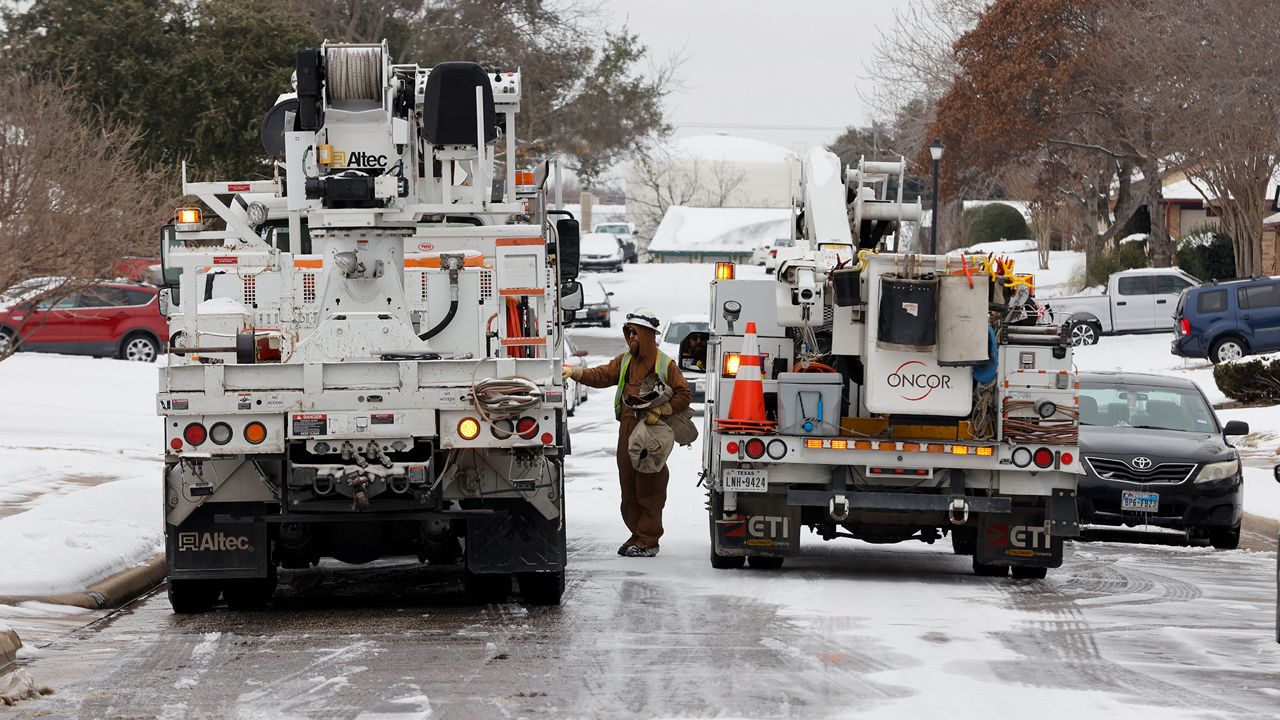TEXAS — As many Texans emerge from a nightmarish week of historically cold temperatures, power outages, water mains bursting, soaring energy costs and other hardships brought on by the failure of the state’s power grid, now they want answers.
During its frequent news conferences, the Electric Reliability Council of Texas (ERCOT) — a membership-based non-profit that manages the flow of 90% of the state’s electricity — has dealt with a relentless barrage of questions and criticism. One of the most misunderstood and frequently asked questions surrounding recent events is as follows: How can our power grid survive the months-long Texas summer but fail after a few days of blistering cold weather?
The answer is relatively simple: It’s basic math. In the summer, most homes use energy to cool their homes to roughly 70 degrees amid 100-degree weather — a difference of 30 degrees. Over the last week, residents have been dealing with temperatures as low as negative 9 degrees and trying to raise their thermostats to about the same level — a difference of about 80 degrees.
That 30-degree difference, experts say, requires an equivalent amount of additional energy, or load, be pumped into the grid. Compound that thirst for more juice with the fact that energy producers failed to adequately winterize their equipment — causing a 40% drop in energy due to frozen/inoperable equipment — and you have a recipe for rolling blackouts and massive power outages across ERCOT’s territory.
Bruce Bullock, Director of Southern Methodist University’s Maguire Energy Institute, said that to answer this question, you have to look at the peak load and how long the grid stays at that level.
“You also have to look at the duration,” he said. “Because the longer the cold snap, the colder your house gets, and the more energy it takes to keep it warm.”
In terms of preparing for another winter event of this magnitude, Bullock said the state would have to decide how much it is willing to spend and who is going to pay for it, but something should be done.
“There’s a limit to what you can and can't do in terms of costs,” he said, “and also what makes sense in terms of both the electric grid versus winterizing homes. I mean, there's a whole host of choices there.”
Bullock and others are advocating for a panel of statewide experts to develop a framework for some kind of regulatory change. The current political climate, he said, isn’t helping matters.
“I think the longer the finger-pointing goes on, the less likely we are to having meaningful solutions that are implemented,” he said. “Right now, we have somewhat of a circular firing squad going on, with various parties blaming various other parties, which does very little to solve the problem.
“The fact is we need all forms of energy in this state,” he continued. “We need a healthy and resilient grid, and we have to decide what we want to do to make that grid more resilient and how much we want to pay to do that.”



